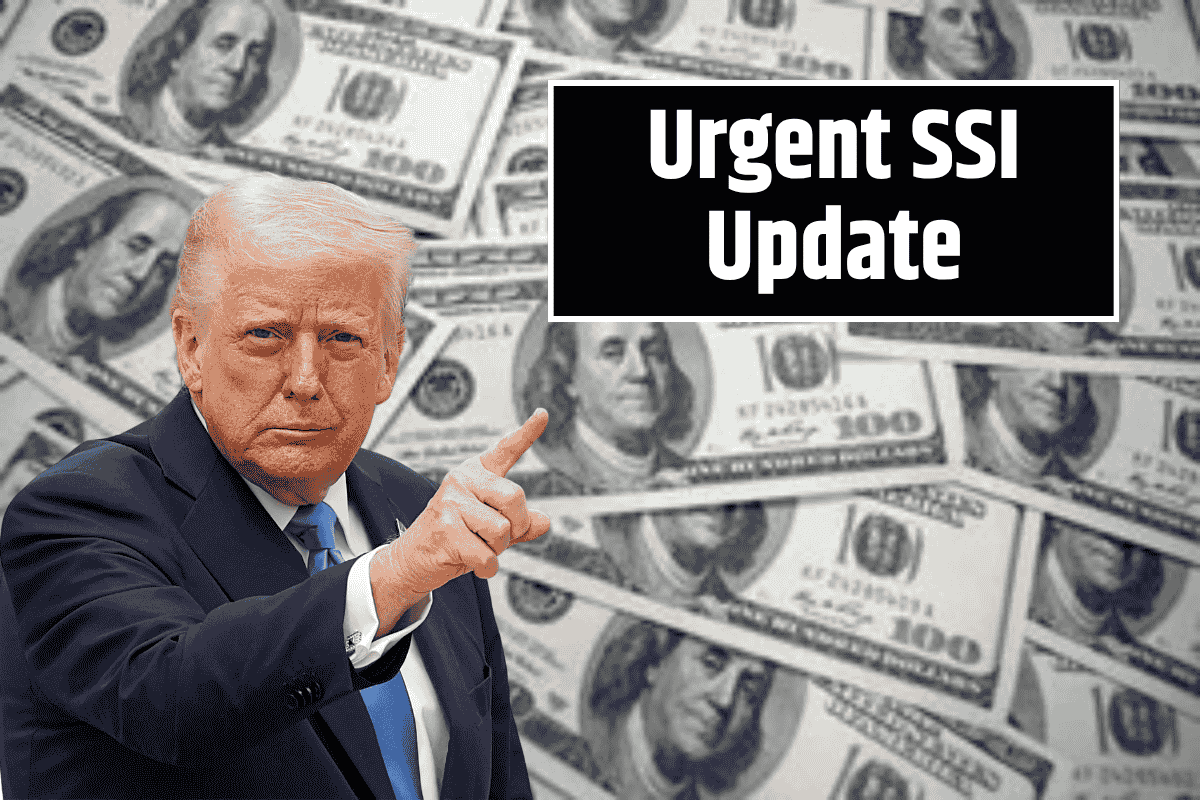In an effort to modernize federal payment systems, the U.S. government is phasing out paper checks for all federal benefit programs, including Social Security and Supplemental Security Income (SSI).
This move, announced through a White House order in March 2025, will impact hundreds of thousands of Americans who still rely on physical checks.
By October 2025, Social Security and SSI payments will be distributed only through digital means. Here’s everything you need to know about this shift and how it will affect you.
Why the Change Is Happening
The government’s decision to phase out paper checks has been motivated by three primary reasons:
1. Cost Savings
Printing and mailing paper checks costs taxpayers $650 million annually. By moving to digital payments, the government expects to save $1 billion over the next decade. These savings are being directed toward other federal programs.
2. Improved Security
Lost or stolen checks are vulnerable to fraud, creating a significant security risk. Direct deposit and other electronic methods provide more secure ways to transfer funds, reducing the chance of interception or fraud.
3. Faster Delivery
Digital payments are faster and more reliable than paper checks. Without the delays of the postal system or the risk of lost mail, beneficiaries will receive their payments on time, ensuring that the 67 million Americans who rely on these funds get them when needed most.
Who Will Be Affected?
The shift will primarily impact seniors and people living in rural areas. About 480,000 Social Security recipients—roughly 7% of all Social Security beneficiaries—currently receive paper checks. Many of these individuals are elderly or live in areas with limited internet access or banking services.
The Deadline: October 1, 2025
By September 30, 2025, all federal payments—including Social Security and SSI—must be processed electronically. After that date, paper checks will no longer be available.
For anyone who still receives a paper check, this is the final push to switch to one of the approved digital payment methods. Failing to make the switch could result in delays to your October payment.
How to Switch to Digital Payments
To ensure you continue receiving your Social Security or SSI payments without any delays, you must switch to one of the following methods before the deadline:
1. Direct Deposit
This is the simplest and most common method for individuals who have a bank account. You will need to provide your bank account details to the Social Security Administration (SSA).
2. Direct Express Debit Card
If you don’t have a bank account, you can choose to receive payments through the Direct Express debit card. This card doesn’t require a bank account and works just like a regular debit card.
3. Digital Wallets
For some, digital wallets might be an option, though this method is less common. This is primarily for people who are familiar with digital payment apps and services.
How to Switch
The SSA will likely send instructions by email, but don’t wait until the last minute. To make the switch:
Visit the SSA website or contact them directly to update your payment method.
If you choose direct deposit, you’ll need to provide your bank account number and routing number.
If you prefer the Direct Express debit card, you can apply online or by contacting the SSA.
If you miss the deadline, your October 2025 payment could be delayed, and for many, this could be a serious issue, especially for those living paycheck to paycheck.
Exceptions to the Rule
While the government is pushing for digital payments, there are some exceptions:
Disaster relief payments, such as FEMA checks, will still be issued by paper in certain situations.
Some individuals without access to banking may qualify for a rare waiver.
However, these exceptions are narrow, and most people will need to make the switch to digital payments.
The end of paper checks for Social Security and SSI payments is a significant change that will affect hundreds of thousands of Americans. The move to digital payments is designed to save money, improve security, and speed up delivery times.
However, those who still receive paper checks must act quickly to switch to one of the digital payment options before the September 30, 2025, deadline. Make sure to update your payment preferences to avoid delays in receiving your benefits and ensure a smooth transition to the new system.
